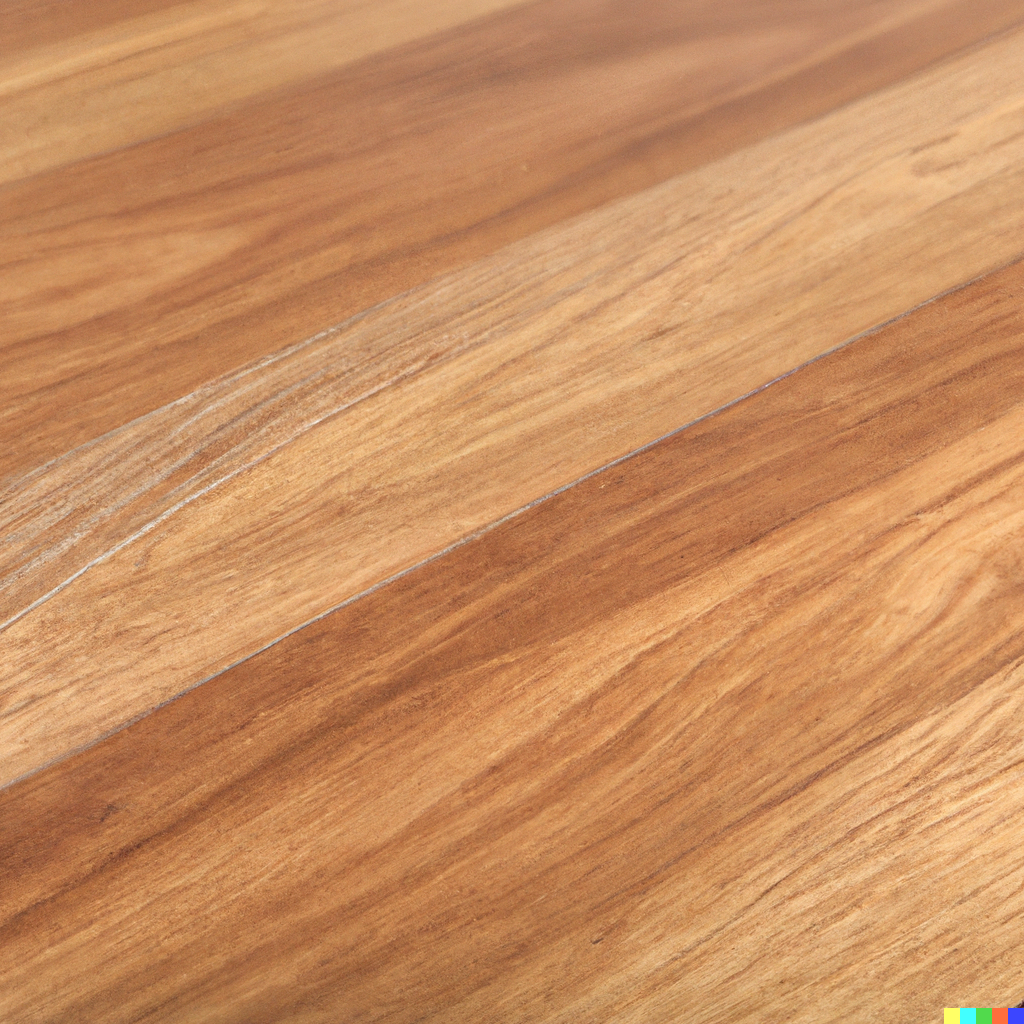
When it comes to flooring options, the choices can be overwhelming. Hardwood, luxury vinyl plank (LVP), laminate, and engineered hardwood are all popular options, each with its own unique characteristics and benefits. In this comprehensive guide, we’ll walk you through the key factors to consider when choosing the right flooring for your home or space. From aesthetics and durability to maintenance and cost, we’ll provide you with the information you need to make an informed decision. Let’s dive in!
Understanding Your Options: Hardwood, LVP, Laminate, and Engineered Hardwood
- Hardwood Flooring: Hardwood flooring is a timeless classic known for its natural beauty and durability. It is made from real wood, milled from a single piece of timber. Here are some key points to know about hardwood:
- Authenticity: Hardwood floors are made entirely of natural wood, providing an authentic and warm aesthetic to any space.
- Durability: Hardwood is highly durable and can withstand heavy foot traffic, making it an excellent long-term investment.
- Refinishing Potential: One of the biggest advantages of hardwood is its ability to be sanded and refinished multiple times, allowing you to restore its original beauty.
- Maintenance: Hardwood requires regular maintenance, including periodic refinishing and protection against moisture and humidity.
- Luxury Vinyl Plank (LVP): LVP has gained popularity in recent years as a cost-effective alternative to hardwood. It is made of multiple layers, including a vinyl core layer, photographic layer, and a protective wear layer. Here’s what you need to know about LVP:
- Realistic Appearance: LVP is designed to mimic the look of hardwood, offering a wide range of styles, colors, and textures.
- Water Resistance: Unlike hardwood, LVP is highly water-resistant, making it suitable for areas prone to moisture, such as bathrooms and kitchens.
- Durability: LVP is scratch-resistant and can withstand heavy traffic, making it a practical choice for busy households.
- Easy Installation: LVP often features a click-lock or adhesive installation system, allowing for straightforward and DIY-friendly installation.
- Laminate Flooring: Laminate flooring is a synthetic product that replicates the appearance of hardwood. It consists of a high-density fiberboard (HDF) core topped with a printed layer and a protective wear layer. Here are some notable aspects of laminate flooring:
- Affordability: Laminate is a budget-friendly flooring option, offering the look of hardwood at a fraction of the cost.
- Scratch Resistance: Laminate is known for its high resistance to scratches, making it ideal for households with children or pets.
- Easy Maintenance: Laminate requires minimal maintenance, thanks to its stain-resistant and easy-to-clean surface.
- Limited Refinishing: Unlike hardwood, laminate cannot be sanded or refinished, so damaged sections may need to be replaced.
- Engineered Hardwood: Engineered hardwood is a composite flooring material that combines layers of real wood with a plywood base. It offers the look of hardwood while providing enhanced stability and moisture resistance. Here’s what sets engineered hardwood apart:
- Stability: Engineered hardwood is more resistant to moisture and temperature fluctuations than solid hardwood, making it suitable for areas prone to humidity.
- Versatility: Engineered hardwood can be installed in various settings, including basements, thanks to its enhanced stability.
- Refinishing Potential: Depending on the thickness of the top hardwood layer, engineered hardwood can be refinished a limited number of times.
- Authentic Appearance: Engineered hardwood maintains the natural beauty and warmth of real wood, making it difficult to distinguish from solid hardwood.
